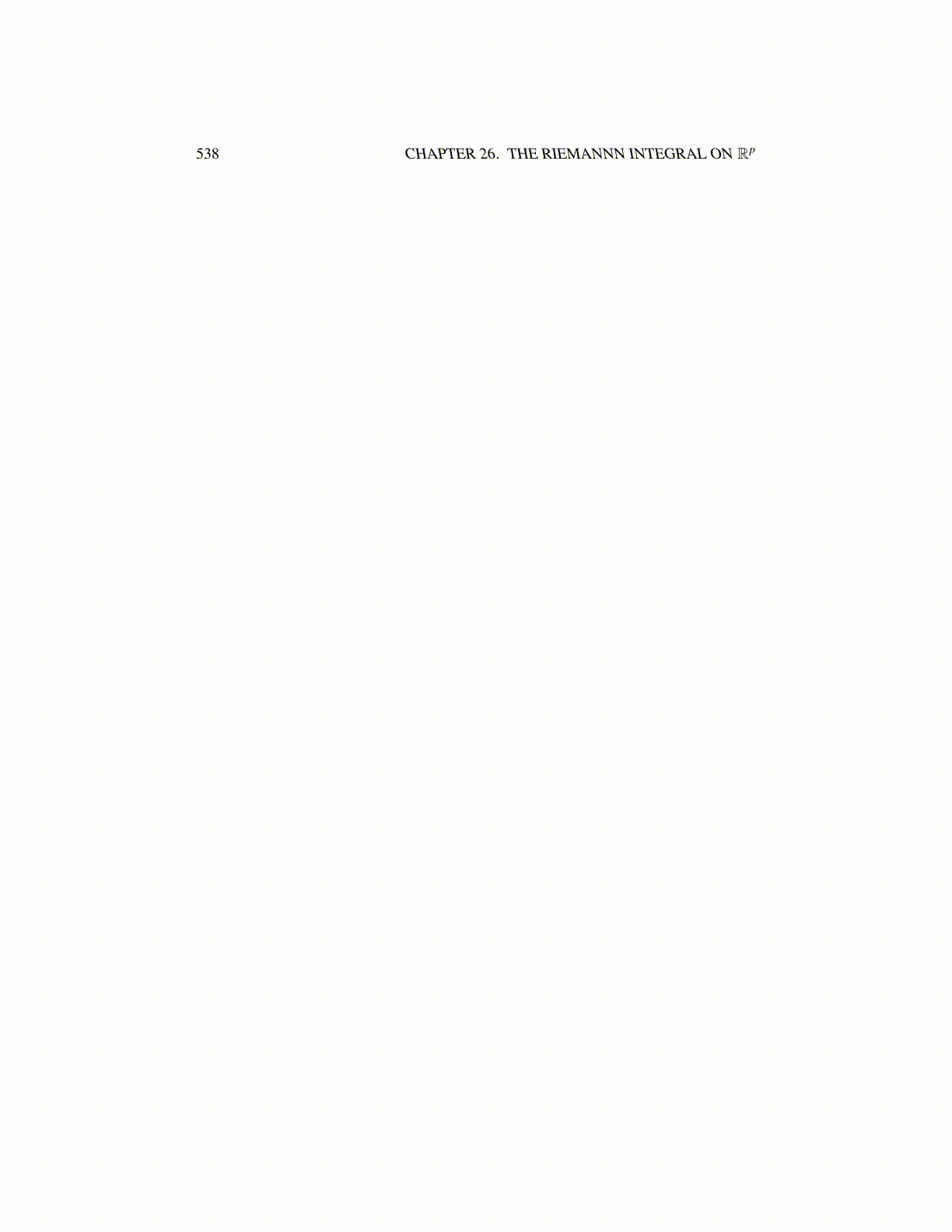
538 CHAPTER 27. THE INTEGRAL IN OTHER COORDINATES
18. A right circular cone has a base of radius 2 and a height equal to 2. Use polarcoordinates to find its volume.
19. Now suppose in the above problem, it is not really a cone but instead z = 2− 12 r2.
Find its volume.
27.3 Cylindrical and Spherical CoordinatesCylindrical coordinates are defined as follows.
x(r,θ ,z) ≡
xyz
=
r cos(θ)r sin(θ)
z
,
r ≥ 0,θ ∈ [0,2π),z ∈ R
Spherical coordinates are a little harder. These are given by
x(ρ,θ ,φ) ≡
xyz
=
ρ sin(φ)cos(θ)ρ sin(φ)sin(θ)
ρ cos(φ)
,
ρ ≥ 0,θ ∈ [0,2π),φ ∈ [0,π]
The following picture relates the various coordinates.
x1 (x1,y1,0)
y1
(ρ,φ ,θ)(r,θ ,z1)(x1,y1,z1)
z1
ρ
rθ
φ
•
x
y
z
In this picture, ρ is the distance between the origin, the point whose Cartesian coor-dinates are (0,0,0) and the point indicated by a dot and labelled as (x1,y1,z1), (r,θ ,z1),and (ρ,φ ,θ). The angle between the positive z axis and the line between the origin andthe point indicated by a dot is denoted by φ , and θ is the angle between the positive xaxis and the line joining the origin to the point (x1,y1,0) as shown, while r is the lengthof this line. Thus r = ρ sin(φ) and is the usual polar coordinate while θ is the other polarcoordinate. Letting z1 denote the usual z coordinate of a point in three dimensions, likethe one shown as a dot, (r,θ ,z1) are the cylindrical coordinates of the dotted point. Thespherical coordinates are determined by (ρ,φ ,θ). When ρ is specified, this indicates thatthe point of interest is on some sphere of radius ρ which is centered at the origin. Thenwhen φ is given, the location of the point is narrowed down to a circle of “latitude” andfinally, θ determines which point is on this circle by specifying a circle of “longitude”. Letφ ∈ [0,π],θ ∈ [0,2π), and ρ ∈ [0,∞). The picture shows how to relate these new coordinatesystems to Cartesian coordinates. Note that θ is the same in the two coordinate systemsand that ρ sinφ = r.